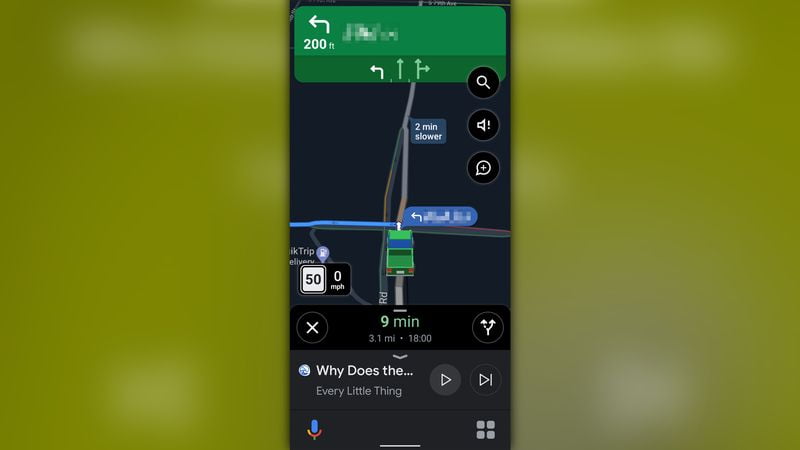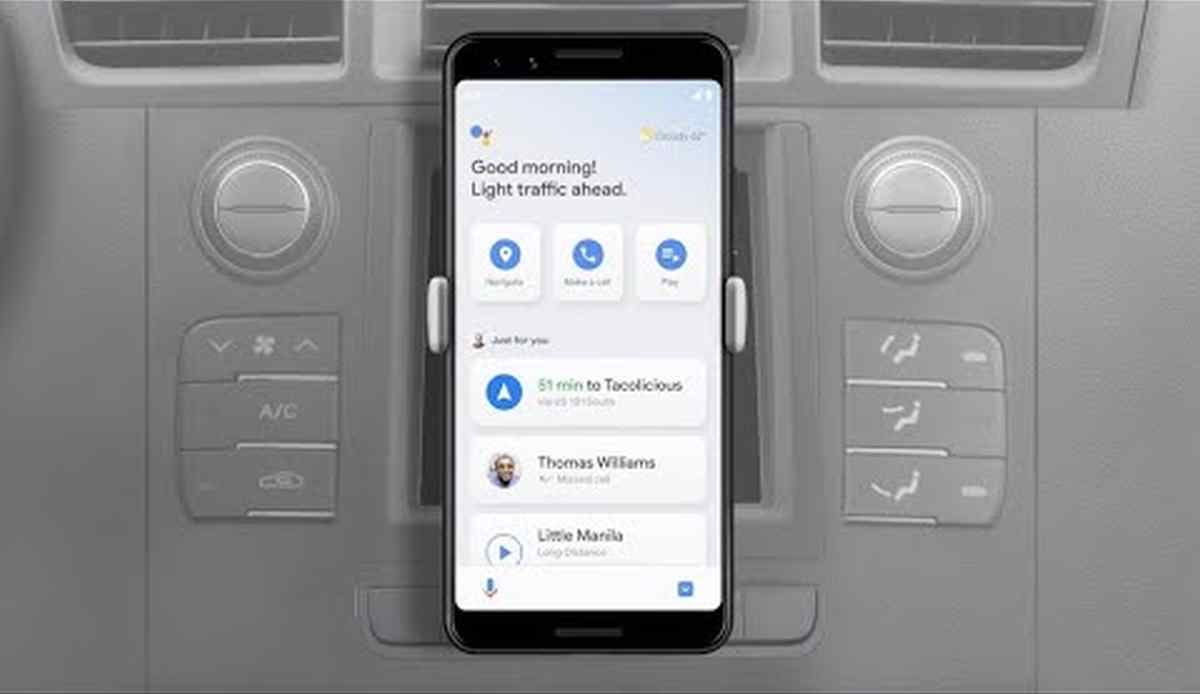It was during the celebration of Google I/O 2019 when the Driving Mode was presented as one of the main new features for the Google Assistant, which seeks to provide drivers with everything they need, from guides to get to a specific destination to sending messages, among other possibilities, avoiding all kinds of distractions when they are behind the wheel of their vehicles.
Google Assistant Driving Mode begins to expand internationally
But over time, this feature has had little traction to date. In this sense, its arrival finally took place at the end of last year but only for users in the United States who have their mobile devices configured in English.
Now, according to Android Police, Google is rolling out the Google Assistant Driving Mode to international markets, finally jumping out of the U.S. borders, where it arrived exclusively months ago.
For this, they rely on the modification of the official support page, where it has gone from indicating its availability for users in the United States to its availability for users in other countries, without specifying exactly the list of countries.

This is coupled with the fact that some features may not be available in other languages or countries, according to the aforementioned support page, which gives even more clues about its global rollout.
To check if the Driving Mode is in our country we just have to go to the Assistant settings in the Maps application, for which we should see the Driving Mode if it is already available (I have not found it).
The Driving Mode may serve as a substitute for the use of Android Auto, supposed to be activated automatically by connecting the mobile device itself to the vehicle via Bluetooth.
It would be interesting that Google advances more about the deployment of the Driving Mode, taking into account how long it has taken to start appearing to the first users, seeking to be a solution that in practice is to bring the Google Assistant to the specific needs of those who are driving their vehicles as a way to help them in what they need along the way, as we have already mentioned.
In any case, let’s hope that the deployment will not take too long and, if possible, will also cover other means of transport in the future, taking into account the changes in the adoption of other means of transport as a result of the pandemic.





